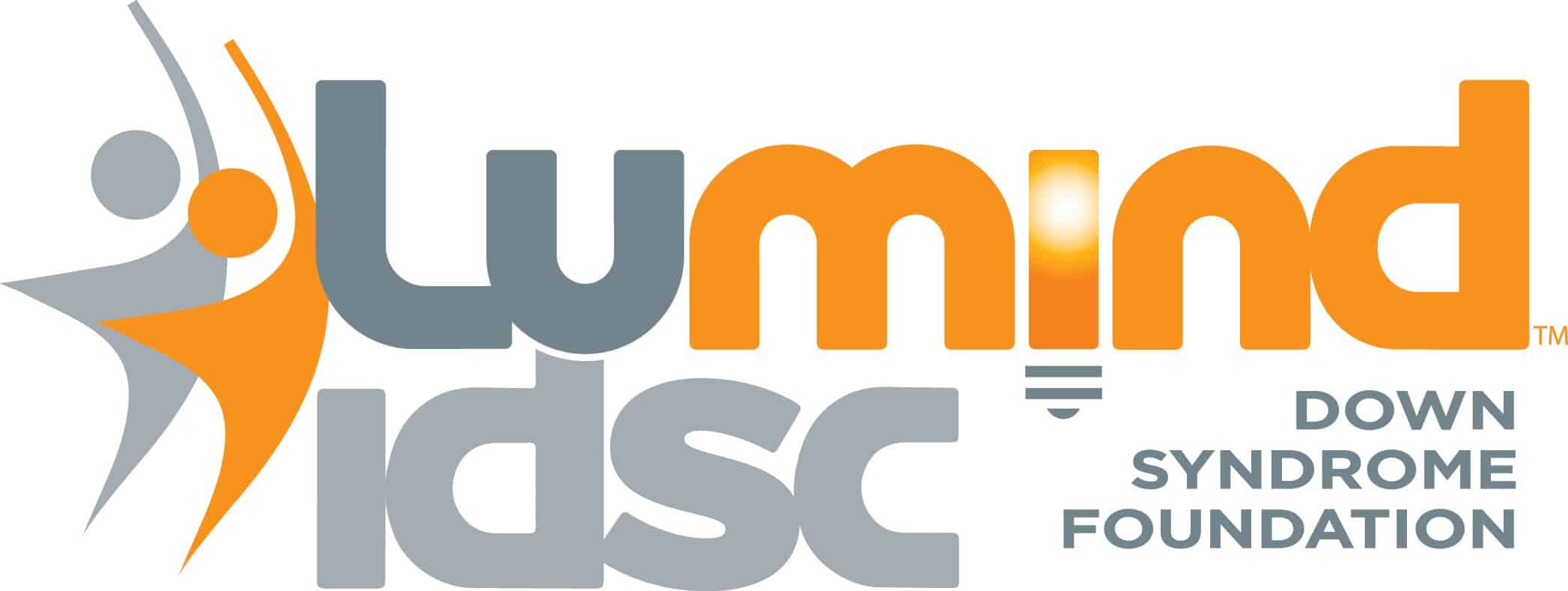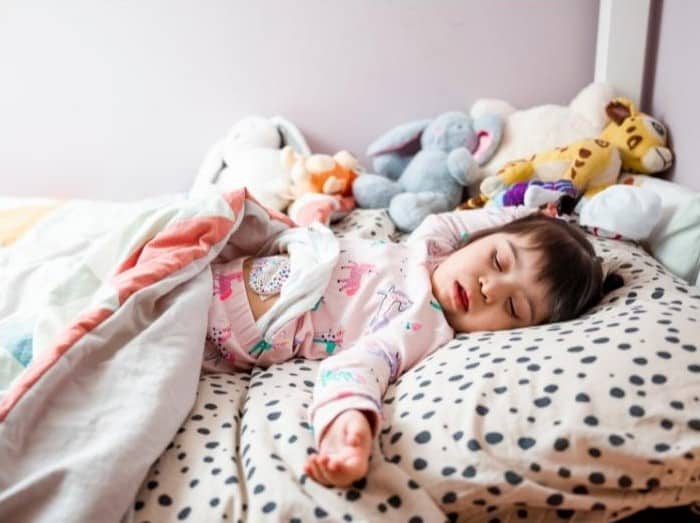Sleep Apnea and Down Syndrome
Every night, a large percentage of the population with Down syndrome struggle to fall asleep. When they do, they might struggle to achieve healthy and restful sleep. In this blog, we are focusing on the many ways sleep apnea impacts people with Down syndrome, what remedies are currently available to combat sleep apnea, and what research is being done to find solutions.
Sleep apnea affects over 50% of children with Down syndrome, and over 80% of adults with Down syndrome, compared to an estimate of 5-10% in the general population. Untreated sleep apnea can affect behavior and cardiovascular health, slower cognitive development, and accelerate the onset of Alzheimer’s disease.
What is Sleep Apnea?
Sleep apnea occurs when air is not passed normally in and out of the lungs while sleeping. Experts define sleep apnea as the “complete cessation of breathing from any cause during sleep, resulting in decreased oxygen in the blood or increased carbon dioxide.”
The pauses in breathing usually last 10 to 20 seconds but can last as long as 120 seconds. In severe cases, more than 500 attacks of sleep apnea may occur during a night.
Types of Sleep Apnea?
Obstructive sleep apnea (OSA):
The airway closes when the person is breathing in, so air does not pass into the lungs. Respiratory effort continues but the obstruction prevents movement of air into and out of the lungs. This is the type of sleep apnea most prevalent in people with Down syndrome.
Central sleep apnea:
This is a less common type of sleep apnea. In this case, the brain does not send appropriate signals to the respiratory muscles, so the muscles do not drive air in and out of the lungs. The airway may be open, and the muscles may be working properly, but the signal to breathe is not sent or does not reach the muscles. This type is common among patients with heart failure, post stroke or brain injury.
Complex sleep apnea:
This type of sleep apnea is diagnosed often during treatment of obstructive sleep apnea, after the obstruction has been treated and central apneas are observed.
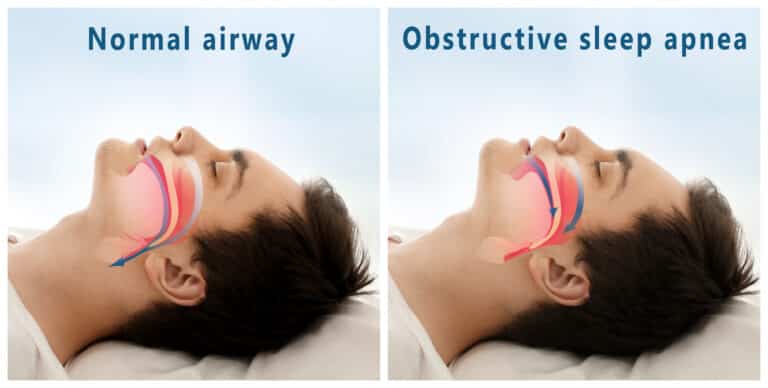
Risk Factors for Sleep Apnea?
The most common form of sleep apnea is obstructive sleep apnea (OSA). Risk factors include:
- A narrowed airway from factors including enlargement of the soft palate, local fat deposition, or an enlarged tongue
- Obesity: this is a major risk factor; however, many obese people do not have sleep apnea and some people with sleep apnea are not obese
- Large neck circumference
- Being male
- Being older
- Family history
- Use of alcohol or sedatives
- Smoking
- Chronic inflammation of the nasal passages
- Enlarged lymph tissue such as tonsils and adenoids
- OSA is significantly more common in people with Down syndrome
Why is Obstructive Sleep Apnea Common in People with Down Syndrome?
Individuals with Down syndrome are predisposed to obstructive sleep apnea due to certain anatomical and physiological characteristics of the airways such as a “relatively small midfacial region with a relatively large tongue contribute to the compromised airway.”
Other conditions common in people with Down syndrome are chronic inflammation of the nasal passages, enlarged lymph tissue (including the tonsils and adenoids), and obesity, which are all added risk factors for sleep apnea.
Another important factor is the general decline in muscle tone in individuals with Down syndrome. Open airways are dependent on muscle tone, in this case the pharynx.
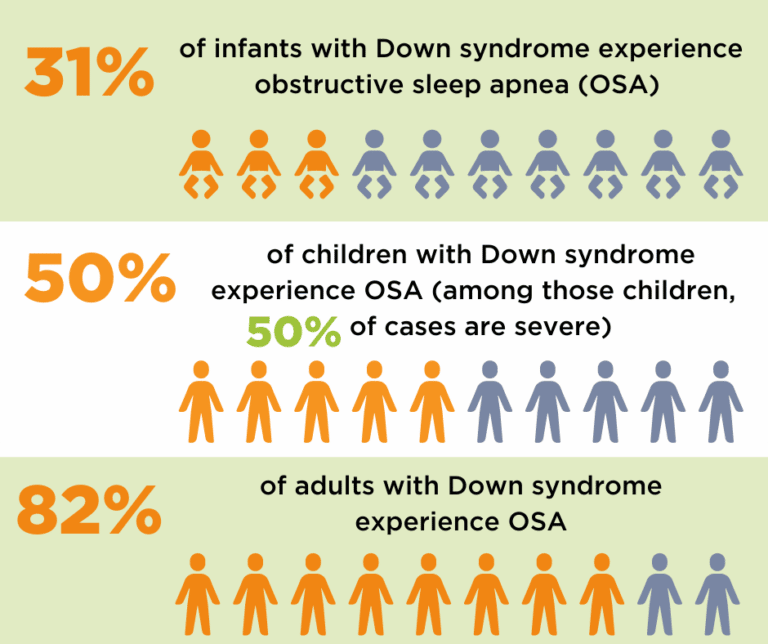
Diagnosing Sleep Apnea in People with Down Syndrome
The diagnosis of sleep apnea begins with recognition of the symptoms. A physician will perform a physical exam that often reveals obesity and excessive soft tissue in the mouth, pharynx, and neck. In some cases, with advanced disease, “the right side of the heart is weakened and findings of failure of that part of the heart may be seen. The laboratory tests are usually normal except low oxygen and high carbon dioxide may be found.” (Advocate Medical Group).
An overnight sleep study is needed to definitively diagnose sleep apnea. This study entails recording eye movements, muscle tone, electroencephalogram (EEG) to measure brain waves, and electrocardiogram (EKG) to measure the electrical activity of the heart. The test also records respiratory movements, nasal and oral air movement, and oxygenation of the blood.
Experts from the American Pediatrics Association recommend that all children with Down syndrome have a sleep study conducted by the time they are 4 years old.
Are There Treatments for Sleep Apnea?
If obstructive sleep apnea is found, there are several options for treatment:
- For patients who are obese, doctors recommend losing weight.
- Sometimes, sleep apnea worsens when the patient sleeps on their back. Therefore, encouraging the person to sleep on their side or on their abdomen can be helpful. Doctors recommend placing a sock on the back of the pajama top and placing a tennis ball inside the sock. This will keep the person from sleeping on their back.
- Adenotonsillectomy: this is the first-line approach for most children. However, it is unlikely to resolve obstructive sleep apnea in children with Down syndrome since 65 to 73% of patients have some OSA after adenotonsillectomy.
- For some individuals, surgery to open the airway is appropriate.
- Continuous Positive Airway Pressure (CPAP): In this treatment, pressurized air is delivered through a mask and hose, helping the person’s airway stay open through sleep. Although highly effective, it is often difficult for people to stick with the treatment because of the discomfort of wearing the mask. For example, only 46% of children with Down syndrome adhere to CPAP treatment.
- Hypoglossal Nerve Stimulation: This treatment involves a surgically implanted device that is FDA approved for adults 18 years of age and older with moderate or severe sleep apnea, including adults with Down syndrome. The device has been shown to be effective, with an average 68% reduction over 12 months. The device works to stimulate the tongue to open the airway at night.
Sleep Apnea Prevention
- Weight management (maintaining a healthy weight)
- Minimizing nasal congestion
- Limiting alcohol and sedatives
- Avoiding smoking (this is not prevalent among individuals with Down syndrome)
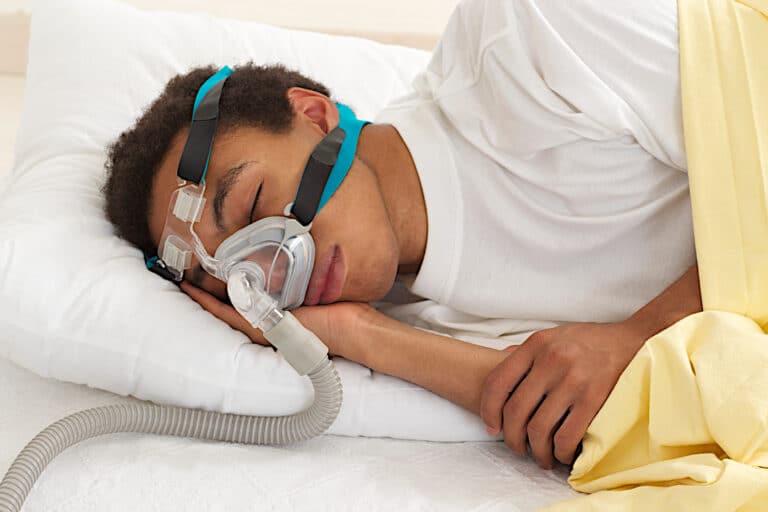
Current Research on Down Syndrome Related Sleep Apnea
Hypoglossal Nerve Stimulation for Sleep Apnea in children with Down syndrome: So far, data from 21 patients has shown an 84% reduction in sleep apnea. LuMind IDSC is working with principal investigator Dr. Chris Hartnick, of Massachusetts Eye & Ear, to accelerate research of this approach for children.
If you are interested in learning more about this study, and whether your child would be an appropriate candidate, please contact the research team at Massachusetts Eye and Ear by calling Dr. Hartnick at (617) 573-4206 or by email at Christopher_Hartnick@meei.harvard.edu.
To learn more about sleep apnea and other sleep disorders go to LuMind IDSC’s Sleep Apnea page. For more resources, current research opportunities and publications to stay up to date, sign up to myDSC, a free library of Down syndrome resources at myDSC.org.
